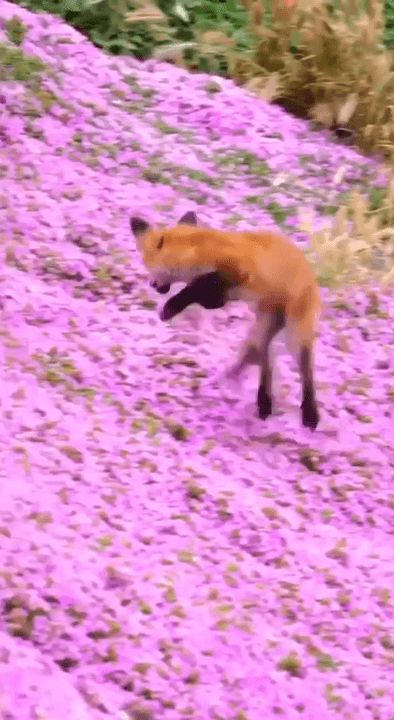
Grace et beau gosse - comment distinguer ? Ces parents yurkiens de kunitsa se sont rencontrés un jour sur tout le territoire du Belarus. Et maintenant la grâce peut être rencontrée presque partout, mais la beauté en 2015 est entrée dans le Livre Rouge national. 🐾 Grace est le plus petit représentant des acariens. La longueur de son corps sans queue est de 11-23 cm. Le beau peut être plus petit que la grâce, ainsi que presque trois fois plus grand - 17-32 cm sans queue. En automne, ces espèces changent la fourrure brune en blanche. #FaitSauvage : pas facile de distinguer ces bêtes sur le terrain. Mais il y a une vraie marque - le bout de la queue. Il est toujours noir chez un bel homme, peu importe la saison. ❓ Avez-vous rencontré ces animaux dans la nature ? Écrivez l'espèce, l'année et le quartier svp. 📷 Merci pour la photo Ina Subotina ; Sasha Sanbith (taille de la photo changée) CC BY-SA 4.0 Wikimedia Sommons.
Post: 16 January 09:21













































